Hanoi University of Science and Technology (HUST) has received 50 million US dollars from the World Bank under a project worth 155 million US dollars to improve the quality of higher education at three universities in Vietnam.
The WB-funded project, Support for Autonomous Higher Education Project (SAHEP), has been implemented since 2018 and is one of many WB projects to support the education sector in Vietnam.
As a sub-project of SAHEP, the funds for HUST have been used to develop training and research in key industries of the Fourth Industrial Revolution, including electricity, electronics, mechatronics and materials science. The four-year project started in 2018 and aims to develop HUST into a leading science and technology research and training facility in Vietnam.
“HUST will build a nine-story building on an area of 4,000m2 for research and training; buy equipment and facilities for 15 research labs and 15 training centers for electricity, electronics, mechatronics and materials science; and improve the university’s administration,” HUST Headmaster Hoang Minh Son said.
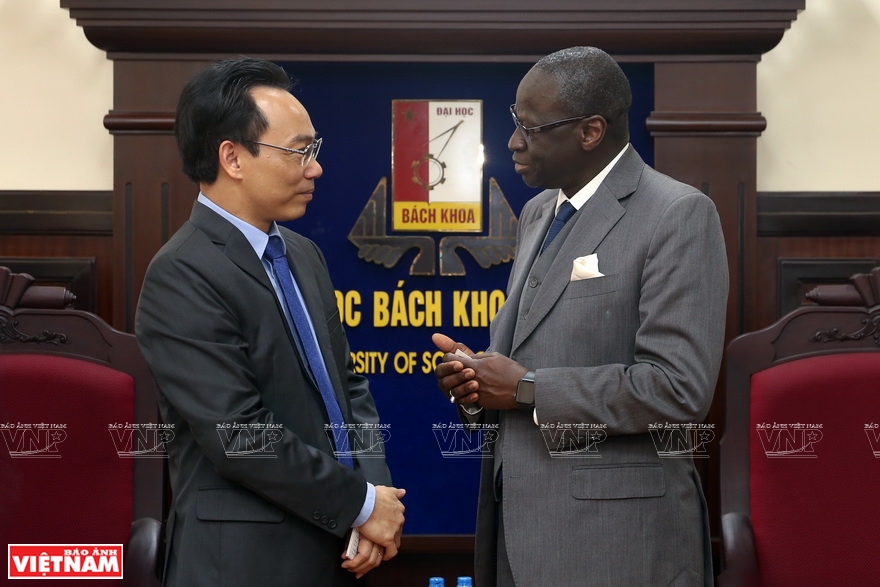
HUST Headmaster Hoang Minh Son receives Vice President of the WB Group Human Resources, Ousmane Diagana.
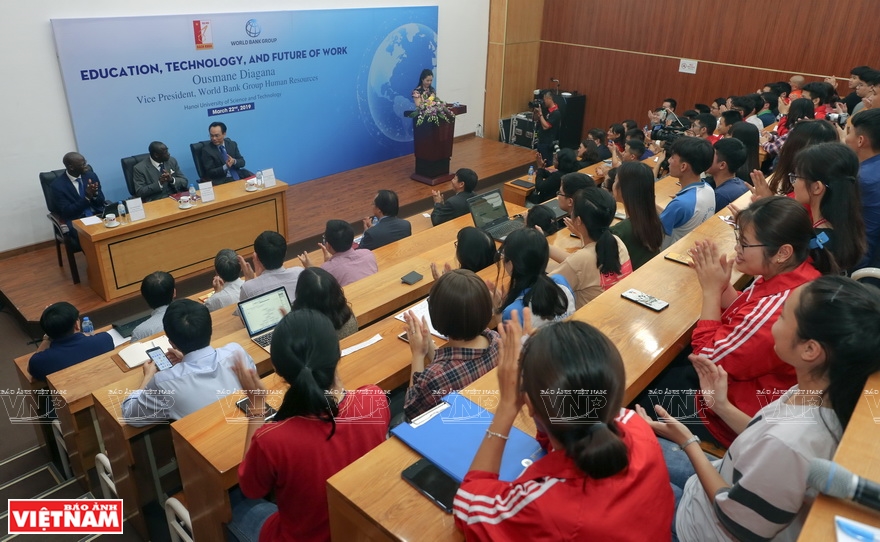
HUST students welcome the WB delegation.
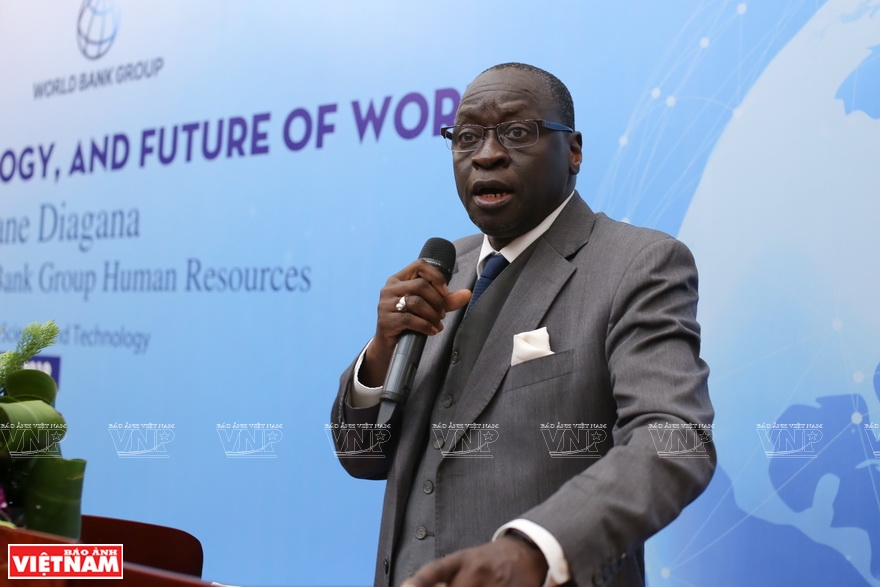
Ousmane Diagana talks to HUST students about "Education, Technology, and the Future of Work".
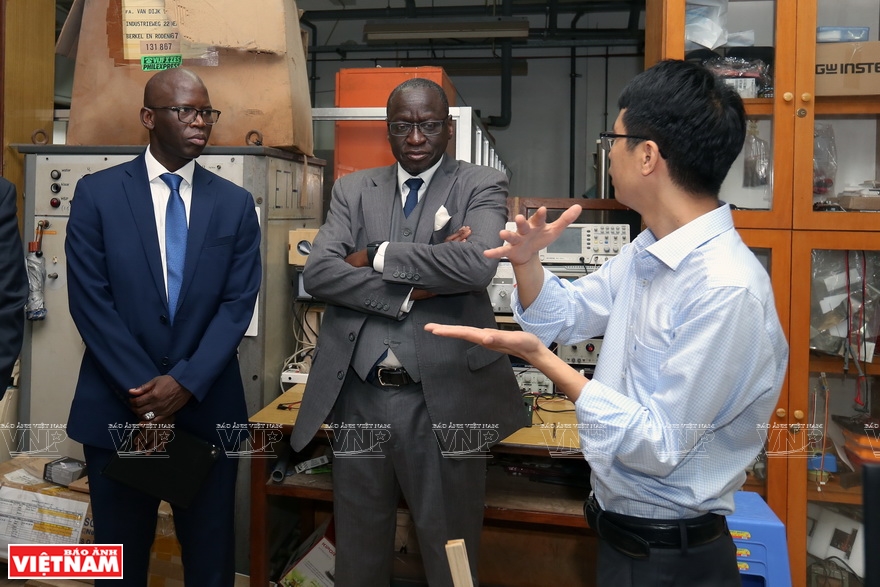
The WB managers visit International Training Institute for Materials Science (ITIMS) of HUST.
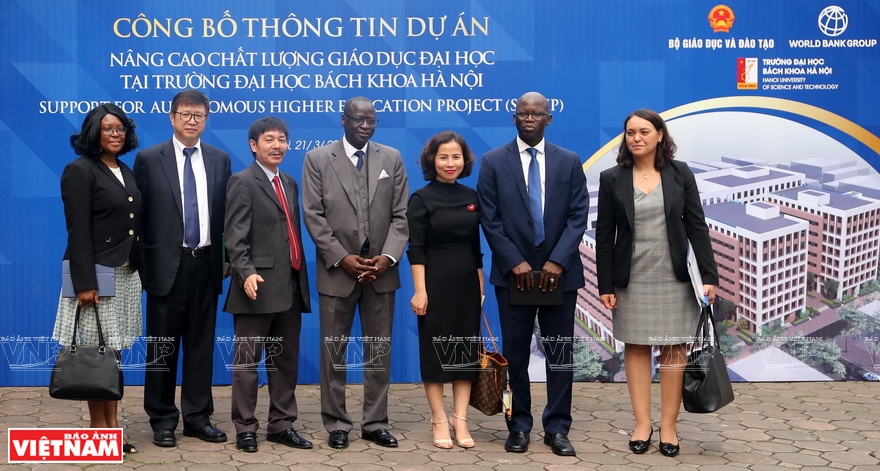
HUST is among three universities selected for the WB's Support for Autonomous Higher Education Project (SAHEP).

The WB managers paid a working visit to HUST in March.
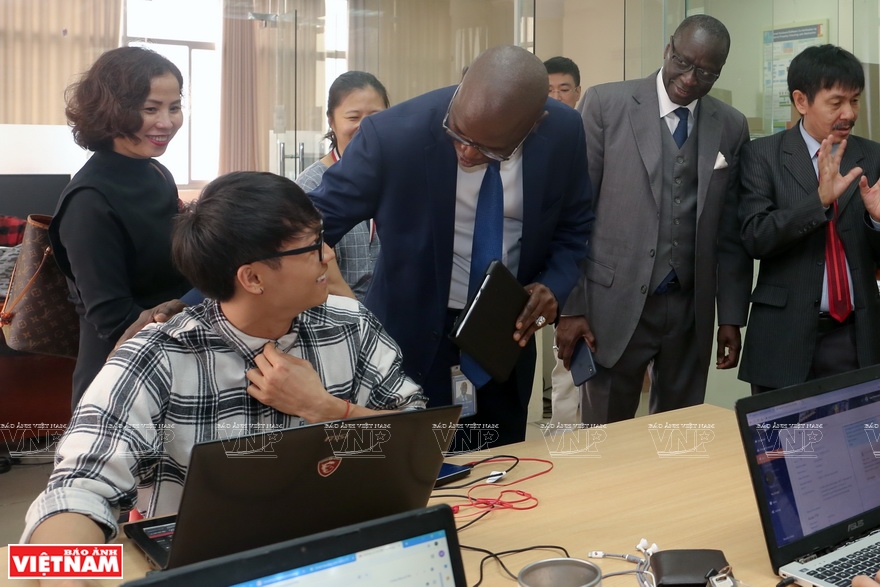
Country Director of World Bank Vietnam Ousmane Dione meets with HUST students.
|
Vice President of the WB Group Human Resources, Ousmane Diagana, and Country Director of World Bank Vietnam, Ousmane Dione, paid a working visit to HUST in March.
|
Covering an area of 26 ha, HUST has 28,000 students. It has 200 labs and a library which is the largest in Southeast Asia, capable of serving 2,000 students at one time. |
The WB managers visited the Integrated Circuits and Systems (ICS) Laboratory at the School of Electronics and Telecommunication. The lab is HUST’s hub for training in research and development of integrated circuits and systems. It is also a center for international cooperation in the field where nine associate professors, 30 scientists and 125 research students are working. The lab is qualified for cooperation with international research institutes and global groups in research projects.
The WB leaders also visited the International Training Institute for Materials Science (ITIMS) which will be upgraded and furnished with modern facilities for research and training.
They also talked to HUST students about “Education, Technology, and the Future of Work”. WB Vice President Ousmane Diagana briefed HUST students on the skills required for future employees, including thinking skill, social skill, behavioral skill and change-adaptation skill. He thought that Vietnamese education was already focusing on some of those skills, and hoped that WB could recruit HUST graduates in the future.
Meanwhile, Country Director of World Bank Vietnam Ousmane Dione recommended must-read books for students. He stressed that students should work hard to update their knowledge constantly and be prepared to adapt to new working environments. He cited WB’s recent recruitment of a HUST graduate as a proof of Vietnam’s good training quality.
Story: Bich Van - Photos: Viet Cuong